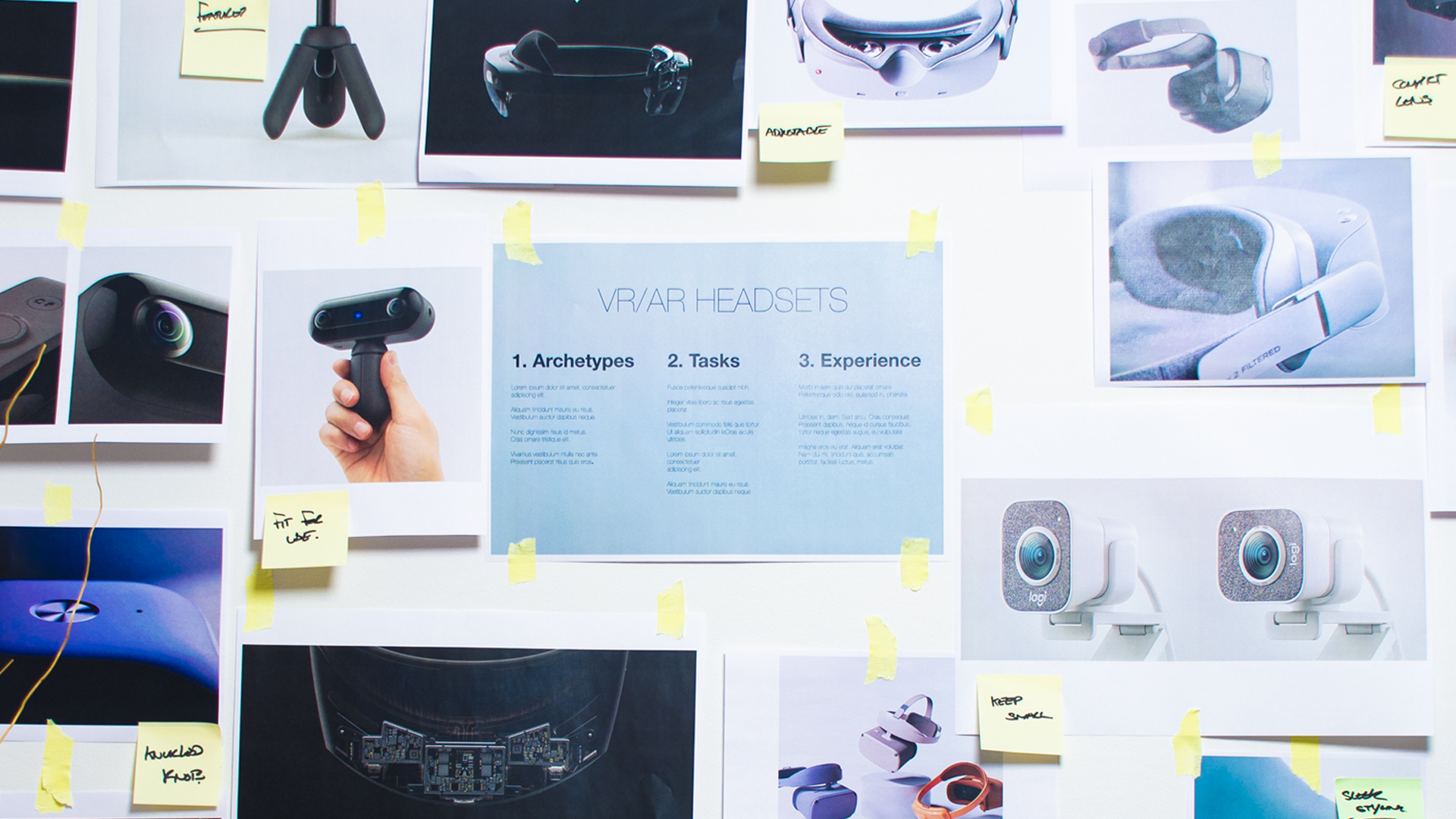The Importance Of New Product Development Management.

You’ll certainly need an industrial design company prepared to give you reliable guidance with a considered design strategy and experience.
Although new product development can be inspiring and a real adventure it’s important to remember that it should be profitable as financial and technical hazards are often involved. However, there are some very sound guidelines which can mitigate the risks and help you successfully manage the process.
Table of Contents
For example, you should always ensure your product design thinking stems from a real consumer need. In other words: do your market research before investing too much time or money in your concept to make sure you are working towards a viable proposition.
It’s also vital you understand all the elements necessary to take your concept forward. Concentrate on its use, safety, manufacturing, standards, trends, costs, competitors, and keep an eye on the market place.
Make sure your product development timeline and planned budget cover the option for several design iterations as well as room for prototyping, testing and modifications to ensure your product is right the first time for the market. Keep in mind this process is generally a marathon rather than a sprint.

Recruit the right new product development consultants and manufacturers and seek their input at the earliest possible stage. Of course, the most appropriate partners will depend on your unique requirements, but you’ll certainly need a team prepared to give you reliable guidance with a considered design strategy and experienced enough to reduce any potential production problems. That’s where Bluefrog Design is ready to help.
Finally, ensure you consider everything that can bring about success and avert failure. These are usually simple issues to address such as ensuring the instructions clearly demonstrate how to use the product, but they can make a significant impact to the reception when your product is launched into the market.
You can see how this process works in more detail by following this link to our design and development process.
Why is Product Development Management Important?
Product Development Management (PDM) is vital because it provides a structured approach to bringing new products to market or refining existing ones. It ensures that products align with customer needs, market demands, and strategic business objectives. PDM facilitates cross-functional collaboration, ensuring that different departments like design, engineering, marketing, and manufacturing work in harmony. Effective PDM can lead to reduced time-to-market, cost savings by identifying potential issues early, and improved product quality. It also fosters innovation, enabling businesses to stay competitive and adapt to evolving market conditions. Overall, PDM is crucial in ensuring that product development processes are efficient, products are successful, and businesses thrive.
6 stages of New Product Development
Idea Generation: This initial stage involves brainstorming and collecting potential ideas for a new product, often sourced from employees, customers, competitors, market research, and other channels.
Concept Development and Testing: Here, the selected ideas are developed into detailed product concepts. These concepts are then tested among a sample of potential users to gauge market acceptance.
Business Analysis: This stage involves assessing the product’s potential impact on the company’s profits. Factors considered include sales, costs, profit margins, and break-even analysis.
Product Development and Design: The product concept is transformed into a tangible product during this phase. Prototypes are developed, and product design is finalised.
Test Marketing: Before a full-fledged launch, the product is introduced in limited areas or markets to evaluate customer reactions and gather feedback.
Commercialisation: Based on feedback from test marketing, any necessary modifications are made, and the product is fully launched in the target market.
How do you optimise your product development process?
Optimising the product development process is essential for efficiency, cost savings, and ensuring a product meets market demands. Here’s how you can optimise the process:
Clear Objectives: Begin with a clear understanding of what you intend to achieve with the new product. This provides direction and purpose to the entire process.
Cross-functional Collaboration: Ensure all relevant departments (R&D, marketing, sales, manufacturing) collaborate from the outset. This promotes a holistic view and early identification of potential challenges.
Lean Principles: Implement lean methodologies to eliminate waste, reduce cycle time, and ensure resources are used efficiently.
Regular Feedback Loops: Establish regular check-ins and reviews at various stages of development. This ensures any deviations or issues are addressed promptly.
Customer Involvement: Engage potential users early and often. Their feedback can provide invaluable insights, ensuring the final product meets market needs.
Prototyping and Testing: Use prototypes to test concepts and designs. This helps in identifying potential problems early and can save costs in the long run.
Iterative Development: Adopt an iterative approach, allowing for adjustments based on feedback and testing. This ensures the product is refined at each stage.
Risk Management: Identify potential risks early and develop mitigation strategies. This can prevent costly delays or redesigns later in the process.
Data-Driven Decisions: Use analytics and data to inform decisions, ensuring they are based on tangible insights rather than just intuition.
Continuous Improvement: Regularly review and refine the development process itself, incorporating lessons learned from previous projects.
Invest in Technology: Utilise modern software and tools to streamline tasks, improve communication, and enhance collaboration.
Training and Development: Ensure team members are well-trained and up-to-date with the latest techniques and tools in product development.
Like to learn more?
Socials



